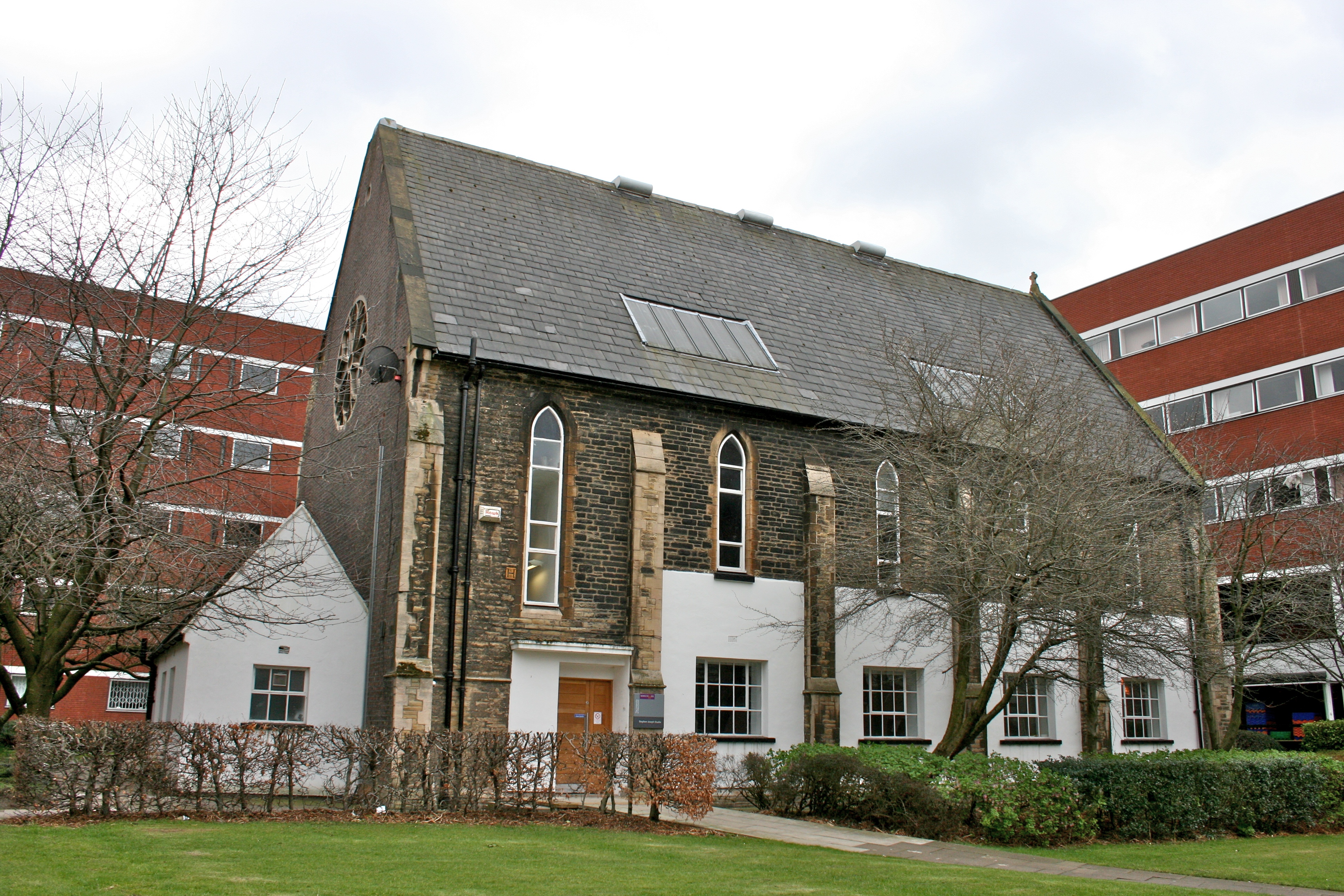Greenheys, Manchester on:
[Wikipedia]
[Google]
[Amazon]
 Greenheys is an inner-city area of south
Greenheys is an inner-city area of south 
Manchester Science Park
/ref>
 Greenheys is an inner-city area of south
Greenheys is an inner-city area of south Manchester
Manchester () is a city and the metropolitan borough of Greater Manchester, England. It had an estimated population of in . Greater Manchester is the third-most populous metropolitan area in the United Kingdom, with a population of 2.92&nbs ...
, England, lying between Hulme
Hulme () is an inner city area and electoral ward of Manchester, in Greater Manchester, England, immediately south of Manchester city centre. It has a significant industrial heritage.
Historically in Lancashire, the name Hulme is derived from ...
to the north and west, Chorlton-on-Medlock
Chorlton-on-Medlock is an inner city area of Manchester, England.
Historic counties of England, Historically in Lancashire, Chorlton-on-Medlock is bordered to the north by the River Medlock, which runs immediately south of Manchester city cen ...
to the east and Moss Side
Moss Side is an Inner city, inner-city area of Manchester, England, south of the Manchester city centre, city centre. It had a population of 20,745 at the United Kingdom Census 2021, 2021 census. Moss Side is bounded by Hulme to the north, Cho ...
to the south.

Elizabeth Gaskell
Elizabeth Cleghorn Gaskell (''née'' Stevenson; 29 September 1810 – 12 November 1865), often referred to as Mrs Gaskell, was an English novelist, biographer, and short story writer. Her novels offer detailed studies of Victorian era, Victoria ...
's first novel, ''Mary Barton
''Mary Barton: A Tale of Manchester Life'' was the Debut novel, first novel by English author Elizabeth Gaskell, first published in 1848. The story is set in the English city of Manchester between 1839 and 1842, and deals with the difficulties ...
'', published in 1848, opens with a description of Greenheys, then still a rural area on the outskirts of the city. The writer Thomas De Quincey
Thomas Penson De Quincey (; Thomas Penson Quincey; 15 August 17858 December 1859) was an English writer, essayist, and literary critic, best known for his ''Confessions of an English Opium-Eater'' (1821).Eaton, Horace Ainsworth, ''Thomas De Q ...
and pioneer socialist Robert Owen
Robert Owen (; 14 May 1771 – 17 November 1858) was a Welsh textile manufacturer, philanthropist, political philosopher and social reformer, and a founder of utopian socialism and the cooperative movement, co-operative movement. He strove to ...
both lived at Greenheys House, overlooking the now culverted Cornbrook river.
Manchester Science Park is on Pencroft Way, Lloyd Street North./ref>
Old Abbey Taphouse incident
On 30 September 1953, in a blatant act ofracial segregation
Racial segregation is the separation of people into race (human classification), racial or other Ethnicity, ethnic groups in daily life. Segregation can involve the spatial separation of the races, and mandatory use of different institutions, ...
, black boxer Len Johnson and his friends were refused service at the Old Abbey Taphouse pub in Greenheys on account of the colour of Johnson's skin. Manchester police were called to the pub and Johnson and his friends were thrown out. Johnson was angered by this and enlisted the help of the then-Lord Mayor of Manchester
This is a list of the lord mayors of the City of Manchester in the North West of England. Not to be confused with the Directly elected Greater Manchester mayor.
The current and 126th lord mayor is Paul Andrews, Labour, who has served Since ...
, and the Bishop of Manchester
The Bishop of Manchester is the Ordinary (officer), ordinary of the Church of England Anglican Diocese of Manchester, Diocese of Manchester in the Province of York.)
The current bishop is David Walker (Bishop of Manchester), David Walker who w ...
to combat the stance. Over the following three days, more than 200 people, black and white, gathered to take part in a demonstration outside of the pub. Eventually the ban was overturned and Johnson, who was teetotal, was invited inside the pub to share a drink with the publican. Their protest fuelled the momentum to end the colour bar policies of the era in the United Kingdom. The Race Relations Act 1965
The Race Relations Act 1965 (c. 73) was the first legislation in the United Kingdom to address racial discrimination.
The act outlawed discrimination on the "grounds of colour, race, or ethnic or national origins" in public places in Great Brit ...
eventually made racial discrimination in public places unlawful in a direct response to the colour bar. A mural exists outside of the pub dedicated to the event and Johnson's memory.
See also
*Burlington Street drill hall
The Burlington Street drill hall is a former military installation in Greenheys, Manchester. Since the 1940s it has been used by the Victoria University of Manchester for physical education. More recently it has been used as a Physical Educati ...
References
{{reflist Areas of Manchester